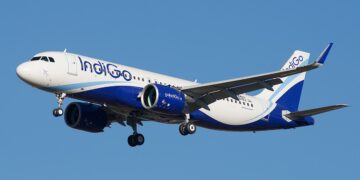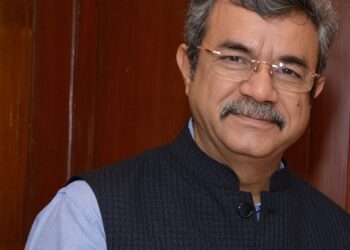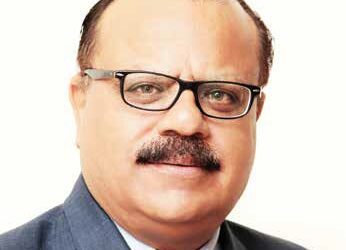Urgent strategies needed for a strong comeback

Since the onset of COVID-19 in 2020, the sector has been navigating a prolonged downturn. Back then, the Ministry of Tourism had promised aggressive international publicity, extensive roadshows in source markets, and other revival measures once the pandemic subsided. However, these promises never translated into action. Instead, promotional budgets were slashed, foreign offices were closed, and the industry was left largely to fend for itself. Without a coordinated international marketing push, many tourism businesses shut down, and arrival numbers remain far below the levels of 2019–20.
The Ministry of Tourism, established in 1958, was tasked with formulating national tourism policies, coordinating between central and state agencies, and leading global promotional efforts to attract foreign travellers. For decades, India maintained an active international presence through foreign marketing offices.
The statistics underscore the challenge. In 2024, India welcomed 9.66 million foreign visitors, still 11.6% below the 2019 peak. Foreign exchange earnings have also lagged, and the sector faces a shortage of trained staff due to widespread job losses during the pandemic. Without targeted interventions, recovery will remain slow.
A revival plan requires joint action from the government, states, and the private sector. The Ministry of Finance must restore dedicated marketing and promotion funds for the Ministry of Tourism. The ministry should allocate resources for high-impact global campaigns, participate in major international travel exhibitions, organise roadshows in priority markets, launch electronic and media promotions, and support familiarisation trips for foreign tour operators, influencers, and media. The reintroduction of the Market Development Scheme for small tour operators and a single-window clearance system for investors in aviation, hotels, and attractions would further boost growth.
State governments have a critical role in organising roadshows, ensuring ease of access to monuments and attractions, maintaining cleanliness and safety, creating investment incentives, and improving connectivity by rail, road, and air. Meanwhile, the private sector must step up its overseas marketing, participate in global tourism fairs, collaborate in roadshows, and invest in expanding hospitality infrastructure in high-demand destinations.
With the growth of tourism to India, the country will not only see an increase in job opportunities but also a rise in foreign exchange earnings, thereby boosting overall economic growth.
Follow BOTT on LinkedIn, Facebook, Twitter & Instagram
Subscribe BOTT Channels on WhatsApp & Telegram to receive real time updates



































